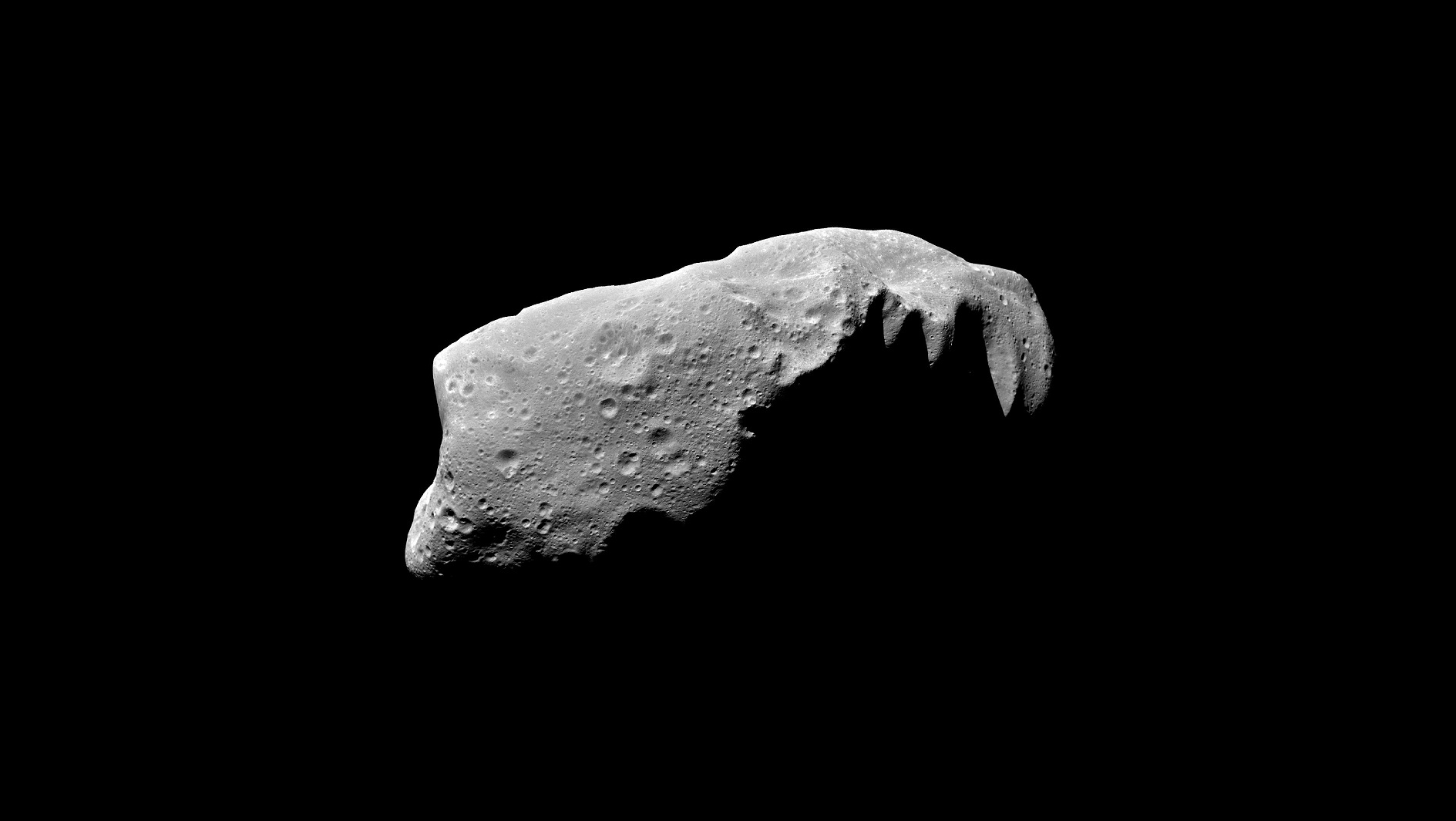Planetary defense is the defense of planet Earth against collisions with near-Earth objects (NEOs), which include asteroids, comets and meteoroids. A central objective of planetary defense is to reduce risks to Earth and its inhabitants. Whereas planetary defense is mainly focused on risks from NEO, this paper argues that planetary defense decisions should also account for other risks, especially risks from violent conflict. The paper is based on a talk I gave at the 2019 Planetary Defense Conference hosted by the International Academy of Astronautics.
One important way planetary defense can affect other risks is by serving as a model for successful global risk management. Planetary defense has not been a perfect success, but it has accomplished a lot. As documented in an excellent history by Clark Chapman, the NEO threat was initially not taken seriously; Chapman describes a “giggle factor” and a “Chicken Little” dynamic. That was ultimately changed by a mix of scientific progress, policy outreach, writing for the general public, and the major Hollywood films Armageddon and Deep Impact, which were scientifically flawed but nonetheless helped raise awareness. The planetary defense community can further contribute to the broader field of global risk management by continuing to document its history, especially regarding factors of importance to other risks.
A second way planetary defense can affect other risks is through the use of nuclear explosives to deflect or disrupt Earthbound NEOs. Deflection is redirecting the NEO to non-Earthbound trajectories; disruption is breaking the NEO into smaller pieces. The use of nuclear explosives for planetary defense is controversial because it intersects with the risk of nuclear conflict. Nuclear planetary defense may violate certain international treaties such as the Outer Space Treaty. The paper presents a multi-criteria decision framework to help planetary defense decisions that accounts both for potential treaty violations and risks from NEOs and nuclear attacks. Nuclear planetary defense could conceivably conflict with nuclear disarmament. The paper shows that this is would only be a concern in future decades if and when there are many fewer nuclear weapons in the world than there are at present. Finally, nuclear planetary defense could weaken the taboo against nuclear weapons. The paper shows how to account for this in the aforementioned multi-criteria decision framework.
The last way planetary defense can affect other risks that the paper address is through the risk of inadvertent NEO conflict, which is when an NEO collision on Earth is mistaken for a violent attack, prompting an actual attack that the attacker believes to be a retaliation but is in fact a first strike. GCRI’s prior research on the probability of nuclear war documents 15 false alarms in which something else was suspected to be a nuclear attack. None of these events involved actual explosions; an NEO collision would. This paper documents seven past events that could have triggered inadvertent NEO conflict, from a 1990 explosion over the Pacific Ocean to a 2018 NEO collision that released 173 kilotons of energy above the Bering Sea; both of these events were assessed by the US military as a potential nuclear event. The paper presents a simple model for calculating the risk of inadvertent NEO conflict. It further discusses how planetary defense programs can reduce the risk by improving awareness among militaries and political leadership and by alerting them when incoming NEOs are detected. These steps could reduce the risk of violent conflict, especially the risk of nuclear war.
Overall, the paper shows the importance of cross-risk analysis. Just after attending the 2019 Planetary Defense Conference, I attended a conference of the Nuclear Non-Proliferation Treaty at the United Nations. At the PDC, I was treated as an expert on nuclear weapons; at the NPT, I was treated as an expert on planetary defense. These two communities rarely interact with each other or share their expertise. This fragmentation of the field of global catastrophic risk results in failure to address important cross-cutting issues like those discussed in this paper. Risk-specific work is also needed, but there is an acute shortage of cross-cutting analysis. For more information, please see GCRI’s work on risk and decision analysis.
The paper builds on GCRI’s prior work on asteroids and nuclear war, especially Risk-risk tradeoff analysis of nuclear explosives for asteroid deflection, Uncertain human consequences in asteroid risk analysis and the global catastrophe threshold, Reflections on the risk analysis of nuclear war, Analyzing and reducing the risks of inadvertent nuclear war between the United States and Russia, and A model for the probability of nuclear war.
Academic citation:
Baum, Seth D., 2021. Accounting for violent conflict risk in planetary defense decisions. Acta Astronautica, vol. 178 (January), pages 15-23, DOI 10.1016/j.actaastro.2020.08.028.
Download Preprint PDF • View in Acta Astronautica
Image credit: NASA/JPL










